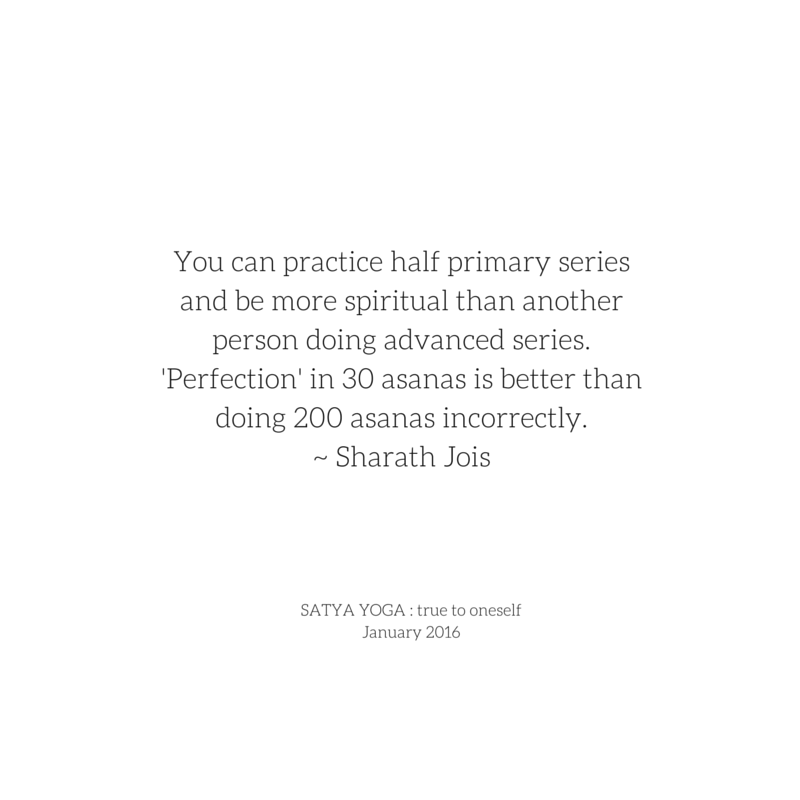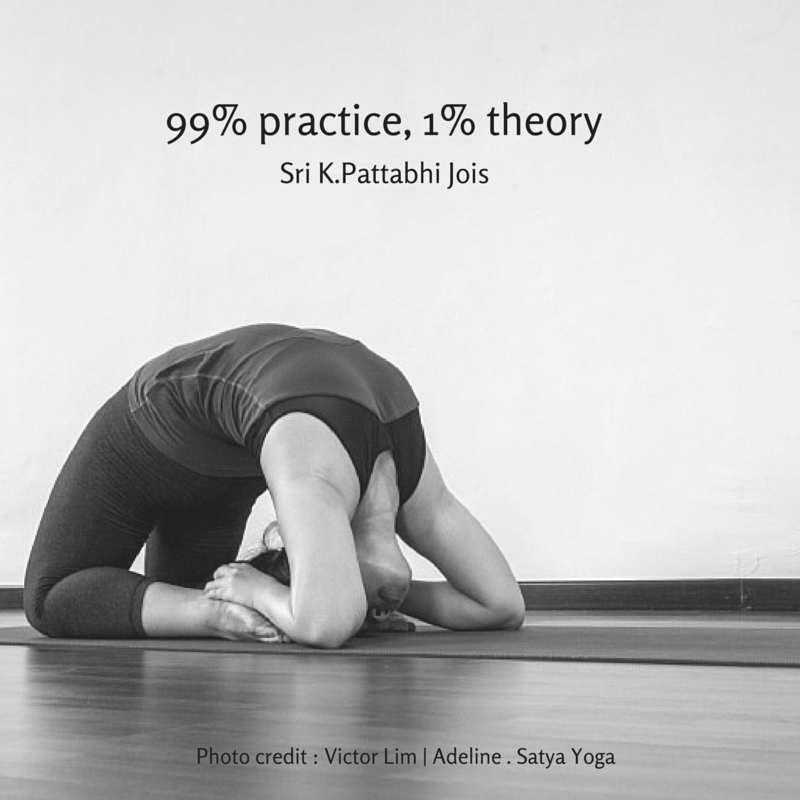Habits Make Or Break Your Practice
We may not think much about our daily habits especially the small unnoticeable ones, but yet all the habits we have acquired define who we are.
Waking up early and committing to daily yoga practice are the two most common challenges most practitioners face on the practice path. Not easy but possible.
One student told me she practices every night before bed as the practice relaxes her body and helps her sleep better. While it is unconventional if it works for her why not? Good habits are supposed to make your life better, aren’t they?
Recently a few students have been asking how I find the motivation to maintain a daily practice and do I ever feel lazy? Yes I have my good days and my not-so-great days but regardless I make time to practice even if it is just a Sun Salutation (which will eventually lead to a half / full practice, it works every time!).
I have never heard anyone say ‘I wish I did not practice yoga.’ Most practitioners know how the practice makes them feel afterwards.
Inertia and laziness are present in everyone, the only difference is how we choose to overcome them. You have to make a choice, decide and take on the consequences that come along with it.
If you beat yourself up after deciding not to practice then obviously you need to make a different choice the next round. Otherwise it is simply a repetition of bad habits (poor choices) and soon it will become hard to break.
The key is regular, consistent and uninterrupted practice. Here are some quick tips:
- Start small – although the Ashtanga Yoga practice focuses on 6 days a week practice, start by committing to 2 times a week. Stay for a month and increase the frequency eventually leading up to 6 days with rest days on moondays and ladies holidays.
- Same time same place – dedicate a spot at home / yoga studio to practice at the same time. This simple habit helps to condition your mind and body just like brushing your teeth upon waking up.
- Buddy motivation – partner up with another friend to share your struggles and encourage one another. Or commit to your teacher to hold yourself accountable for your practice.
- Focus on how you want to feel – think about how the practice will make you feel – stronger, calm, focused, centred, grounded, patient, kind etc. Create your motivation manifesto to encourage action and repetition.
Most importantly if you fall off the practice track, get back on again and don’t beat yourself up. I have done it so many times and each time I am always grateful to have the practice to keep me going forward. The less you resist the more changes will take place eventually. Being patient is part of the non-physical aspect a good yoga practice as well.
The favourite habit is the hardest to break and yet the one that will give you the biggest breakthrough.




